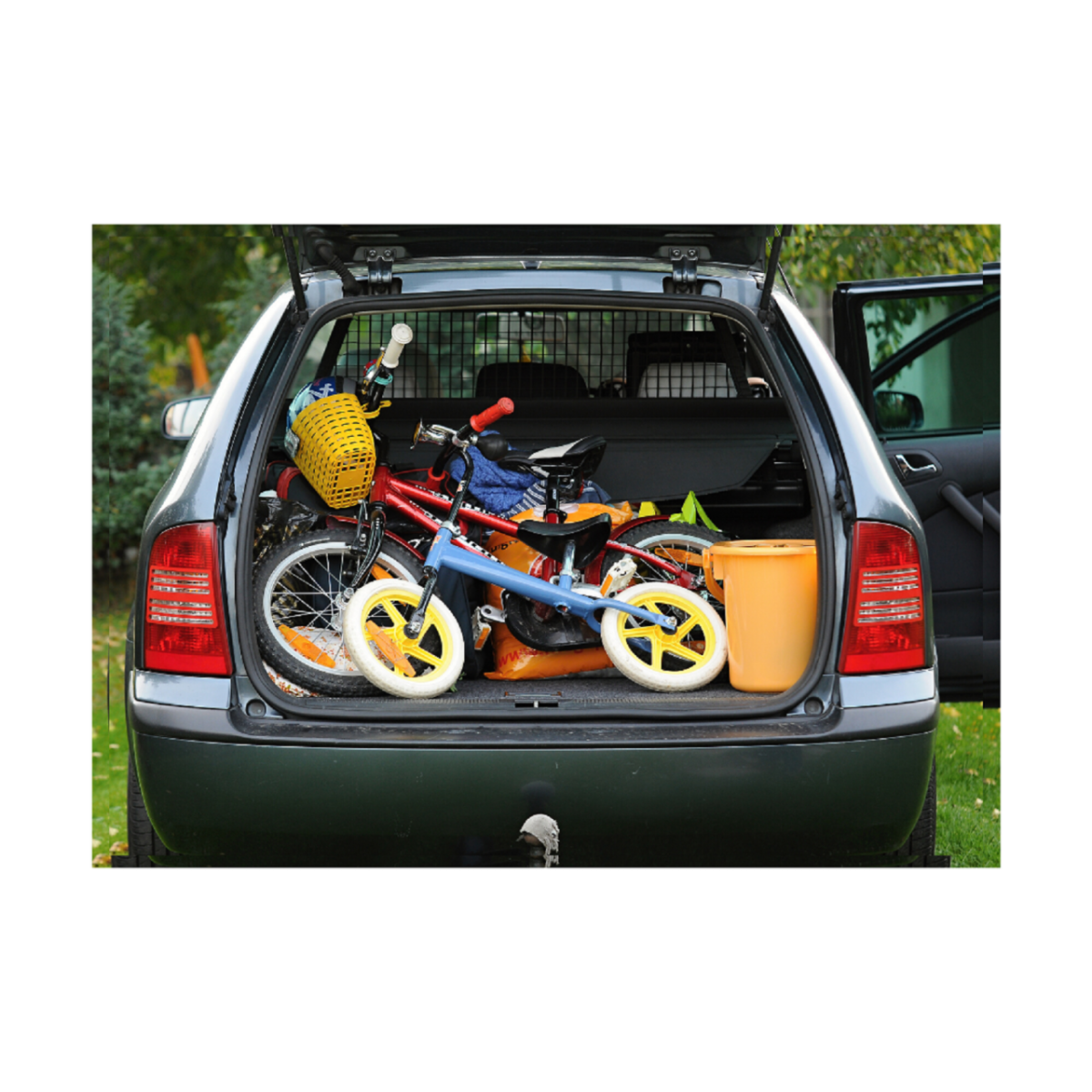Ecocentricity Blog: Real-Life Tetris
By: John A. Lanier

Ecocentricity Blog: Real-Life Tetris
The phenomenon is quite remarkable, actually. It’s counter-intuitive at first blush, and I wish someone had properly prepared me for it before my first experience. Most of the time it’s just amusing, but under the wrong circumstances it can become headache-inducing. And when things get really out of hand, it makes you feel like you like you’re drowning.
By “it,” I mean the fact that raising young children requires an inordinate amount of stuff in this modern world. Trust me, I’m not a fan. But at the same time, I have realized the role that much of that stuff plays in my kids’ physical and mental development. From the bouncy chair to the baby walker to the travel crib and on and on, they used and enjoyed most anything we got for them in their first years of life.
I think the most poignant example of how the littlest people require the most stuff is when you pack the car for a road trip. It’s the greatest test of real-life Tetris skills. Sure, the crib is a nice box shape, but it’s big. You have to place it juuuuuuust right so the stroller wheel doesn’t get in the way. Since the kids are so small, you get the benefit of the floorboards under their car seats, but that space is immediately reserved for the toys and snacks that you need to be able to reach in case they start screaming when you’re going 70 miles-per-hour on the interstate. And even if you manage to successfully close the hatchback, you have to worry that the tower of stuff will come crashing out of the vehicle once you open it back up.
As kids get a bit older, they blessedly need less and less stuff. Chantel and I have started the process of purging, bit-by-bit, all the baby stuff we won’t need any more (or so we hope). It’s been cathartic. And for the purposes of this blog post, it’s also an opportunity to be a part of the circular economy.
Creating a circular economy means that we will keep as much stuff as possible from ever becoming waste. Yes, that includes recycling things, but it also means that we first keep things in use as long as possible. Recycling is a “last resort” circular economy practice. A bouncy chair that still works has more value as a bouncy chair than as recycled plastic and textiles. That means it’s important from an environmental standpoint (and often a social standpoint as well) to find a good home for all of the baby stuff we don’t need anymore.
For some of the stuff, we’ve been glad to pass it down to family or friends who are right behind us in the baby phase of life. For others, we’ve thought it best to donate to Goodwill. We’ve also had a lot of success selling items on second-hand websites. My personal favorite is to list items for sale on the Nextdoor. Since those items are only viewable by people in your immediate area, it limits the impact of long-distance shipping of the sold baby stuff.
So remember, if you’re looking to buy or sell some baby stuff (or any other stuff for that matter), give second hand a try. Not only does it help your wallet – it helps the planet too.

